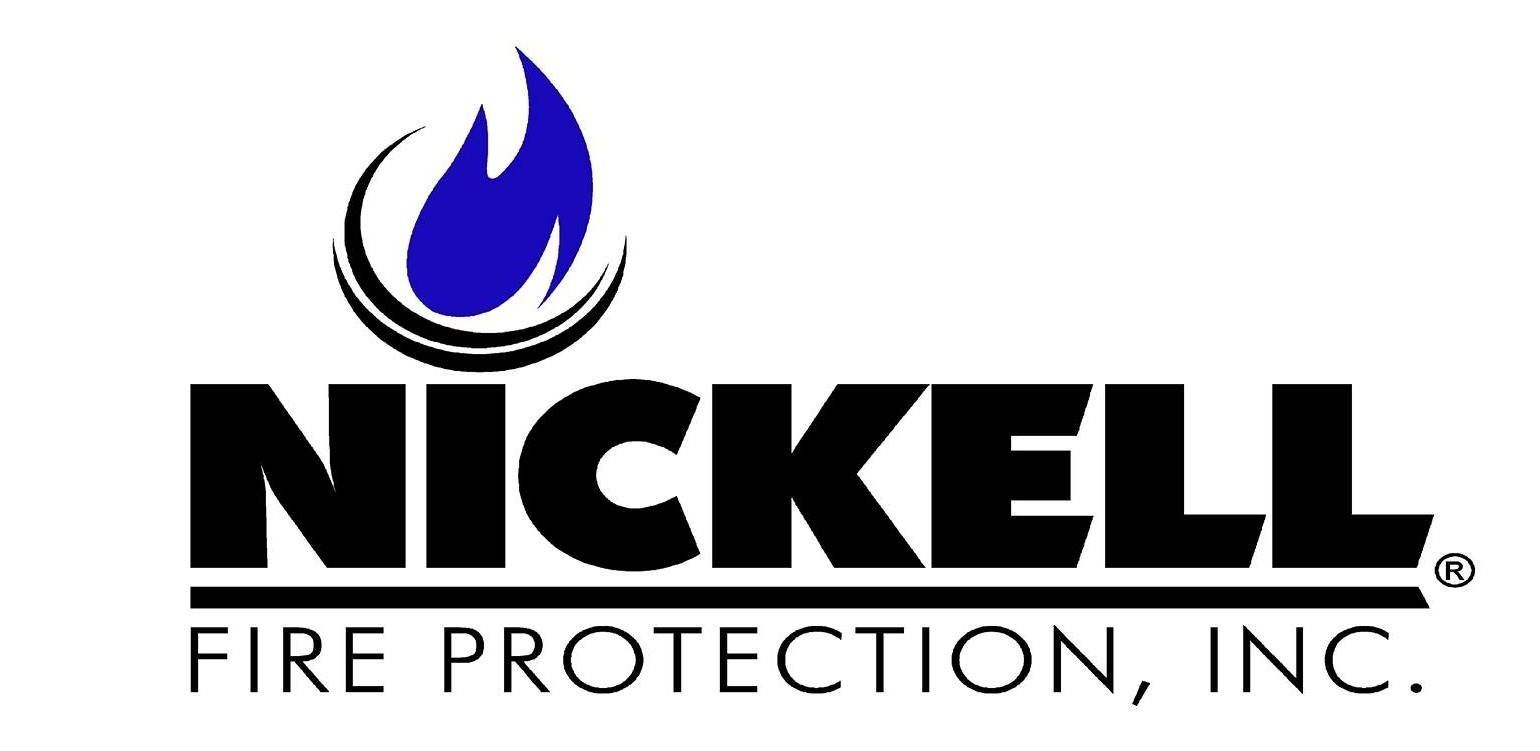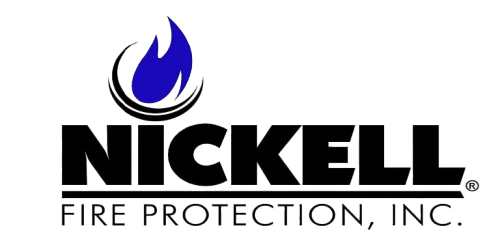FAQ
At Nickell Fire Protection, Inc. we service and maintain fire equipment. However, we feel obligated to make sure our customers understand how to operate their extinguishers and the current rules and regulations that govern them. We decided to list some of the most common questions, and answer them for you.
The majority of the questions were answered directly from Title 19 which is available on the web from the Office of the State Fire Marshal at http://osfm.fire.ca.gov
If you have any questions, feel free to contact us.
How often am I required to have my portable fire extinguishers inspected?
Monthly
“Fire extinguishers shall be inspected, at least monthly by the building owner occupant or their authorized agent.” (Title 19 Article 6, 574.1. Frequency of Inspection, General.)
How often am I required to have my portable extinguishers serviced?
Annually
“Fire extinguishers shall be subjected to maintenance annually as described in this chapter or immediately after use when specifically indicated by an inspection or at the time of hydrostatic test.” (Title 19 Article 6, 575.1 Maintenance and Required Service Intervals.)
Am I as an employer, responsible to train my employees on how to use fire extinguishers?
“Where the employer has provided portable fire extinguishers for employee use in the workplace, the employer shall also provide an educational program to familiarize employees with the general principles of fire extinguisher use and the hazards involved with incipient stage fire fighting.” (OSHA Regulations (Standards-29 CFR 1910.157 (g) (1)) 1910.157(g)(1)
“The employer shall provide the education required in paragraph (g) (1) of this section upon initial employment and at least annually thereafter.” (OSHA Regulation (Standards-29 CFR 1910.157 (g) (2))
Does it matter where I mount my extinguishers?
"Fire extinguishers shall be inconspicuously located along normal paths of travel where they will be readily accessible and immediately available in the event of a fire.” (Title 19 Article 5, 567. Distribution of Fire Extinguishers.)
“Fire extinguishers having a gross weight not exceeding 40 lbs (18.14kg) shall be installed so that the top of the fire extinguisher is not more than 5 ft. (1.53m) above the floor. Fire extinguishers having a gross weight greater than 40 lbs. (18.14kg) (except wheeled types) shall be so installed that the top of the fire extinguisher is not more than 3-1/2 ft. (1.07 m) above the floor. In no case shall the clearance between the bottom of the extinguisher and the floor be less than 4 in. (10.2 cm).” (Title 19 Article 5, 567.6 Mounting.)
What is hydrostatic testing, and how often am I required to have it done?
Hydrostatic testing is when the shell, or body of the extinguisher is pressure tested to ensure there are no cracks, holes, or weakening of the cylinder. Normally your average dry chemical extinguisher is tested every 12 years from the manufactures date, or last time tested, unless it is mounted on a vehicle, then the test interval is every 5 years.
How often is my suppression system required to be serviced?
It should be serviced every 6 months
How many extinguishers am I required to have?
Generally you should have extinguishers located every 75 ft. depending on the type of environment, you might need one every 50 ft. If you business has an excessive amounts of flammable material or bulk items that constitute a higher hazard type. Your best bet is to contact us to do a free site survey to get you a more accurate answer.

